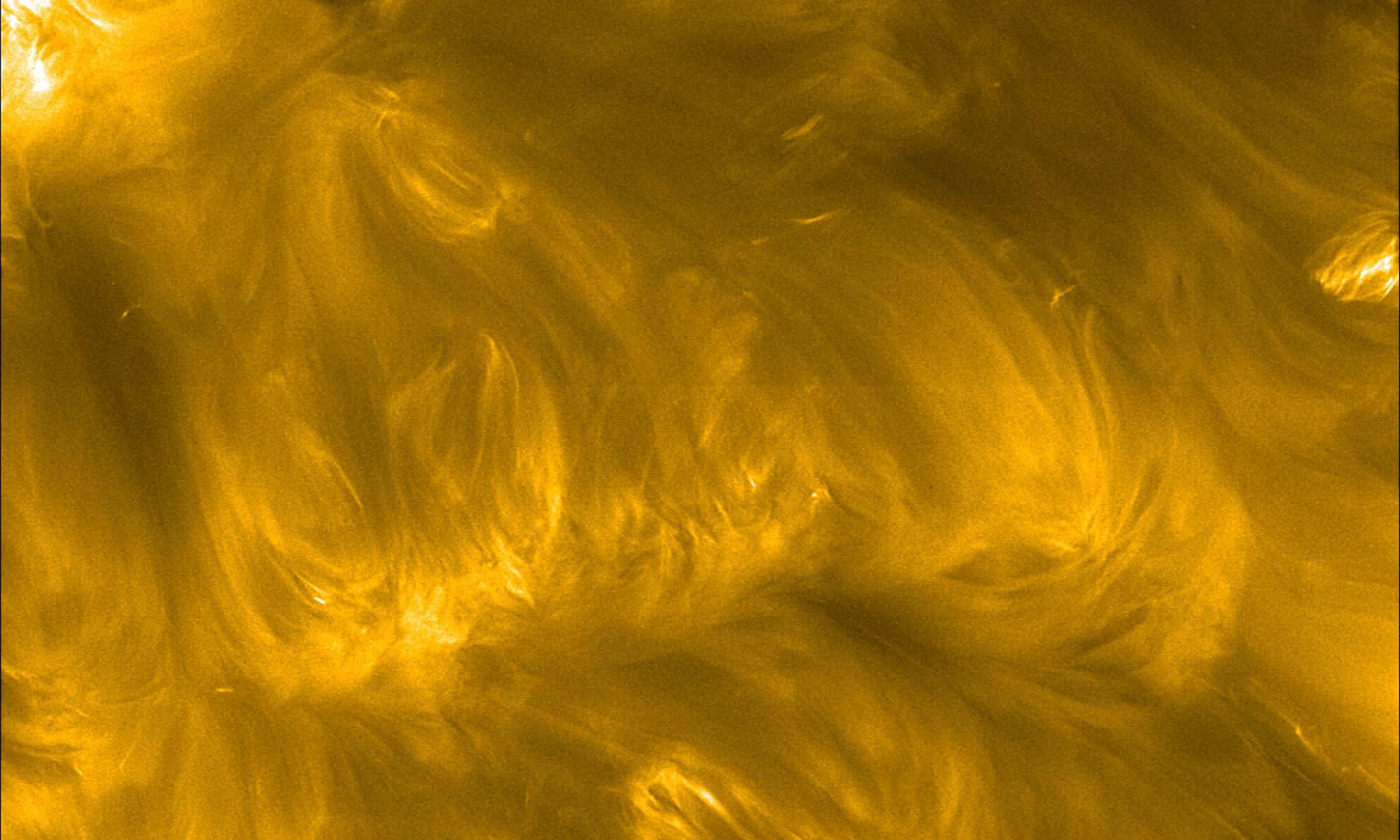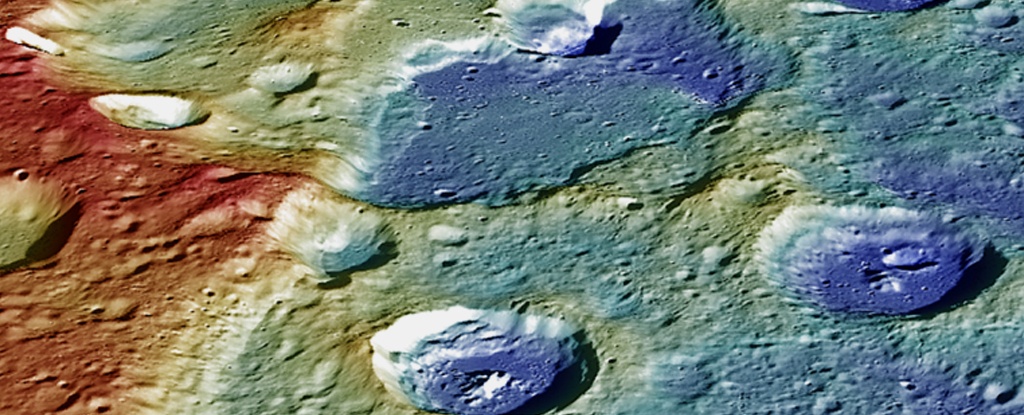Surrounding the brilliant Sun is a layer of diffuse plasma known as the corona. You can’t see it most of the time, but if you happen to experience a total eclipse, the corona is the glow that surrounds the shadow of the Moon. The corona is pale white, almost pink because it has a temperature of more than a million Kelvin. This is vastly hotter than the surface of the Sun, which is about 6,500 K. So how does the corona get so hot?
Continue reading “Small Magnetic Fields Have a Big Impact on the Sun's Atmosphere”In 250 Million Years, a Single Supercontinent will Form, Wiping Out Nearly all Mammals

A recent study published in Nature Geoscience uses supercomputer climate models to examine how a supercontinent, dubbed Pangea Ultima (also called Pangea Proxima), that will form 250 million years from now will result in extreme temperatures, making this new supercontinent uninhabitable for life, specifically mammals. This study was conducted by an international team of researchers led by the University of Bristol and holds the potential to help scientists better understand how Earth’s climate could change in the distant future from natural processes, as opposed to climate change.
Continue reading “In 250 Million Years, a Single Supercontinent will Form, Wiping Out Nearly all Mammals”Mercury is Still Shrinking
Mercury is considered a scorching, barren landscape that would literally melt your face off if you were standing on it in full sunlight. But scientists have also known for a long time that it was shrinking…because it was cold. New research based on distinct features in Mercury’s geography suggests that it might continue to do so even today.
Continue reading “Mercury is Still Shrinking”NASA's Psyche Mission is off to Asteroid Psyche
On October 13th, at 10:19 AM Eastern (07:19 AM Pacific), NASA’s Psyche mission successfully launched atop a SpaceX Falcon Heavy rocket from Launch Pad 39A at NASA’s Kennedy Space Center in Florida. This spacecraft is now on its way to rendezvous with the M-type asteroid of the same name, an object in the Main Asteroid Belt almost entirely composed of metal. This metallic asteroid is thought to be the remnant of a planetoid that lost its outer layers, leaving behind a core of iron-nickel and precious metals. By studying this object, scientists hope to learn more about the formation of rocky planets.
Continue reading “NASA's Psyche Mission is off to Asteroid Psyche”China Chooses the Site for their TRIDENT Neutrino Detector

China is building a new neutrino detector named TRIDENT, the Tropical Deep-sea Neutrino Telescope. They’re building it in the South China Sea, near the equator. This next-generation neutrino telescope will feature improved sensitivity and should help clear up the mystery around cosmic rays and their origins.
Continue reading “China Chooses the Site for their TRIDENT Neutrino Detector”A Huge New Gaia Data Release: More Stars, Gravitational Lenses and Asteroids
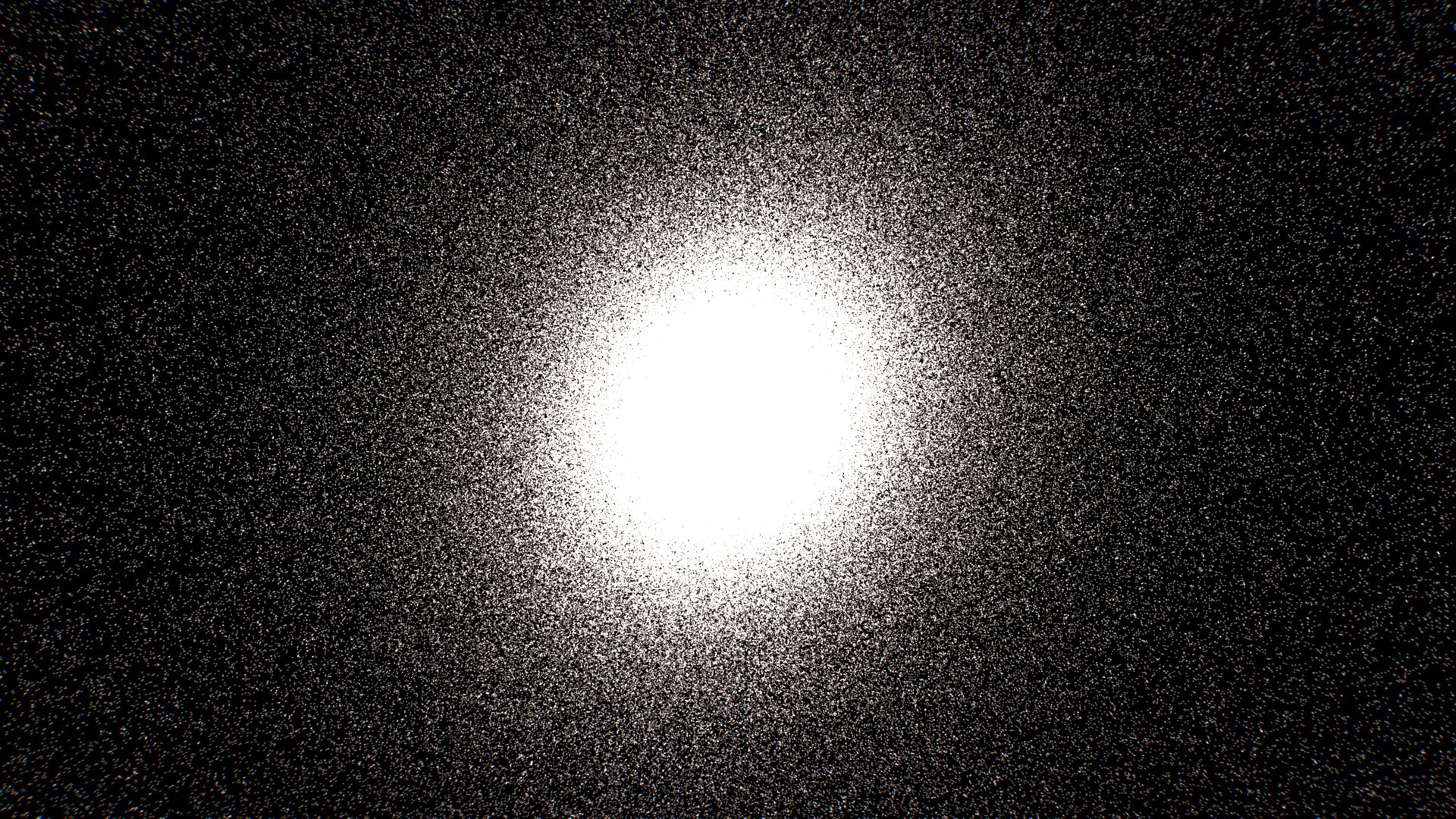
The ESA’s Gaia mission is releasing a new tranche of astronomical data. The mission has released three regular, massive hauls of data since it launched in 2013, named Gaia DR1, DR2, and DR3. The ESA is calling this one a ‘focused product release,’ and while it’s smaller than the previous three releases, it’s still impactful.
Continue reading “A Huge New Gaia Data Release: More Stars, Gravitational Lenses and Asteroids”The Milky Way’s Stolen Globular Clusters
Modern astronomy holds that all major galaxies (with the Milky Way as no exception) are the accumulation of numerous small mergers. Thus, it should be expected that some of the globular clusters that are now part of our galaxy are likely inherited from other galaxies which have been cannibalized by the Milky Way, or even stolen from intact companion galaxies such as the Magellanic Clouds.
Associations between these clusters and the various progenitors began in the 1990’s, but recent research is beginning to paint a more comprehensive picture on exactly what percentage of our globular clusters were stolen, and precisely which ones.
Continue reading “The Milky Way’s Stolen Globular Clusters”Are Pulsars the Key to Finding Dark Matter?

Ah, dark matter particles, what could you be? The answer still eludes us, and astronomers keep trying new ideas to find them. Such as a new paper in Physical Review Letters that suggests if dark matter is made of axions we might see their remnant glow near pulsars.
Continue reading “Are Pulsars the Key to Finding Dark Matter?”This is What it Would Be Like to Fly Across Mars
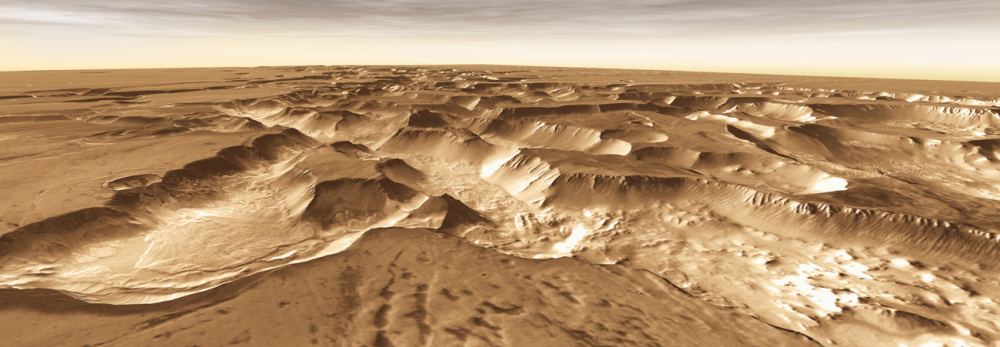
Many of us have dreamed about flying over the surface of Mars—someday. The planet offers so many cool places to study, and doing it in person is something for future Marsnauts to consider. The Mars Express spacecraft has been mapping the Red Planet for years. It now gives us an up-close look now, through an animation of thousands of images of Mars from its cameras.
Continue reading “This is What it Would Be Like to Fly Across Mars”Feast Your Eyes on this Star-Forming Region, Thanks to the JWST
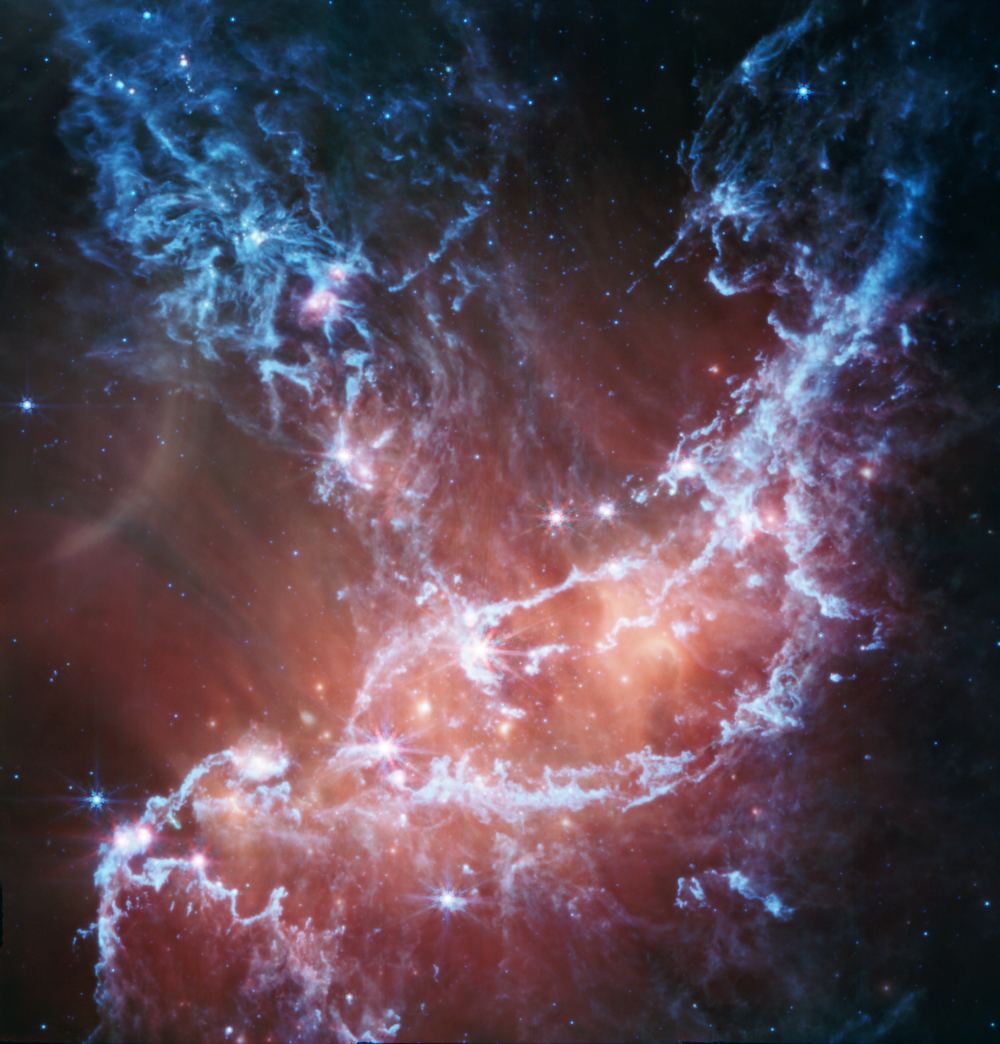
Nature is stingy with its secrets. That’s why humans developed the scientific method. Without it, we’d still be ignorant and living in a world dominated by superstitions.
Astrophysicists have made great progress in understanding how stars form, thanks to the scientific method. But there’s a lot they still don’t know. That’s one of the reasons NASA built the James Webb Space Telescope: to coerce Nature into surrendering its deeply-held secrets.
Continue reading “Feast Your Eyes on this Star-Forming Region, Thanks to the JWST”
